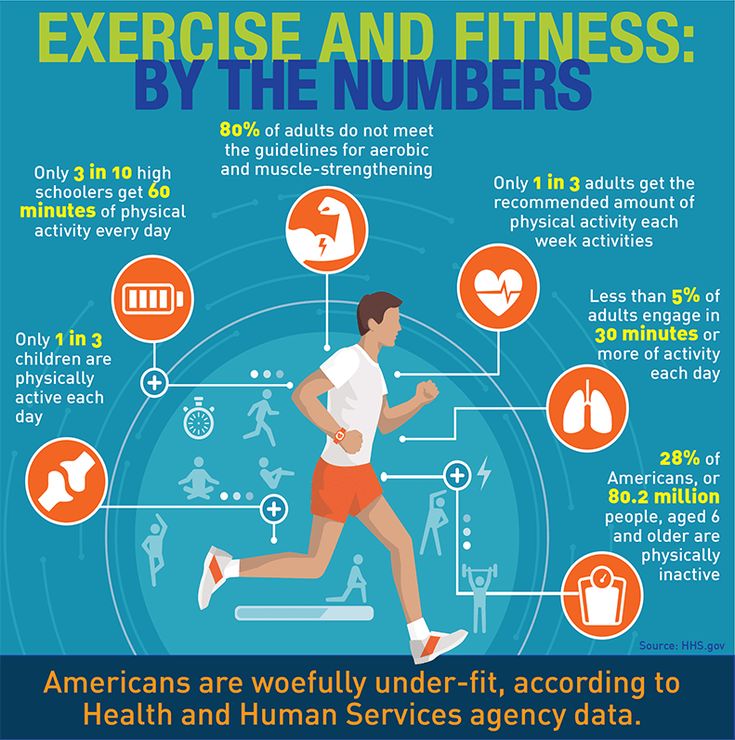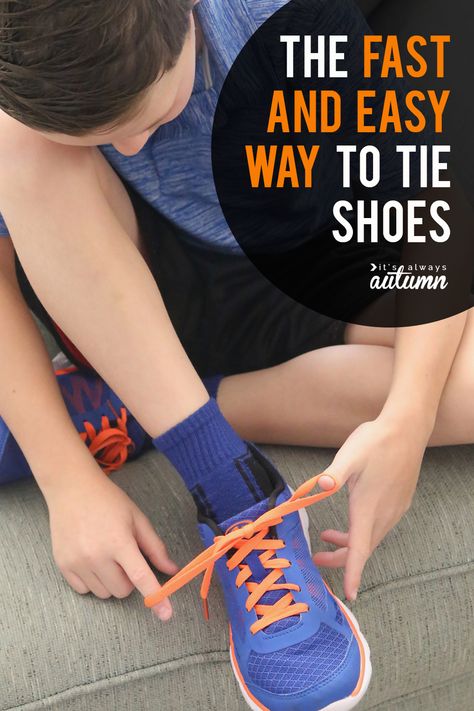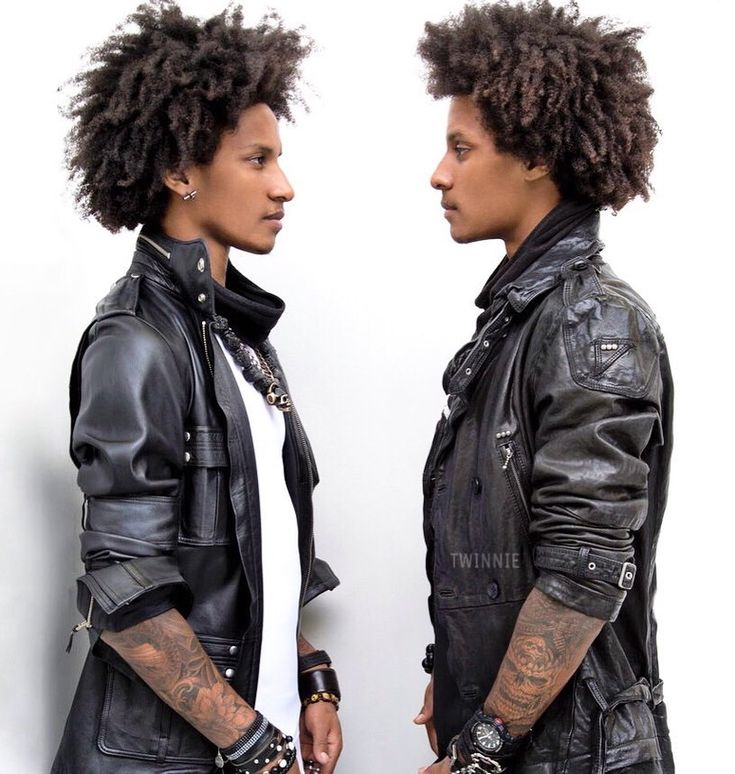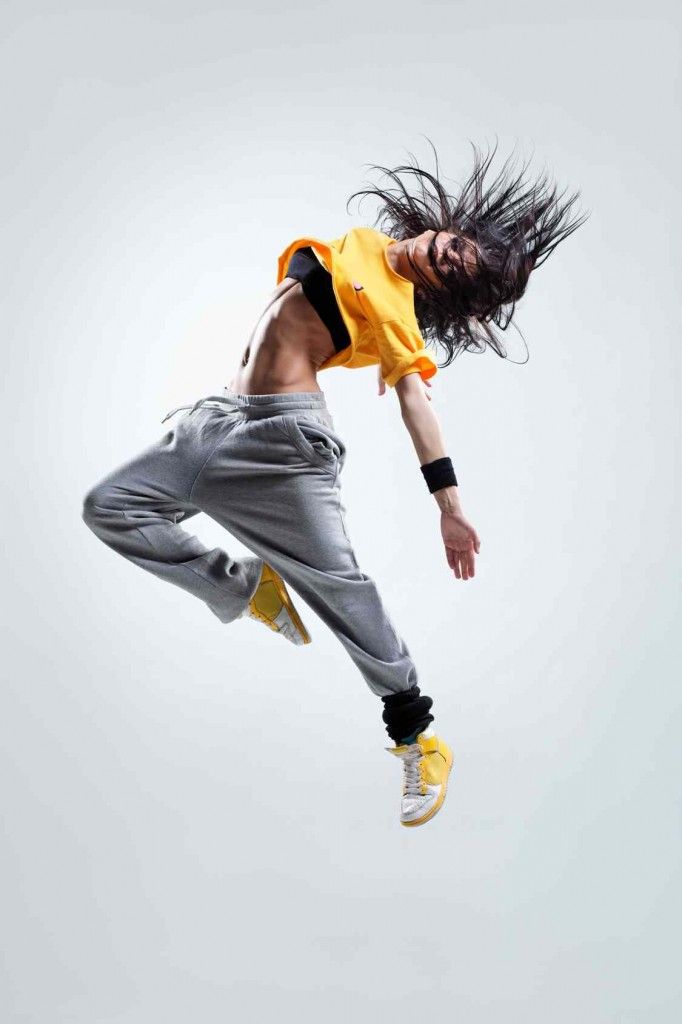How to maintain energy while dancing
5 Tips for Helping Your Dancer Eat for Performance
Posted:Dancers are poetry in motion, all fluid lines and graceful turns. While they may make all the moves look easy, the fact is that dancers are highly skilled athletes.
And because dancers are athletes, they need to ensure they’re putting the proper fuel into their bodies so they can perform well in the rehearsal studio and on the stage.
While getting young dancers to understand that their bodies need a proper balance of fat, carbohydrates, and proteins to power the workouts that come with rehearsals, there are some ways you can help your dancer understand the need for proper nutrition without being too strict about their eating.
Here are 5 tips for helping your dancer eat for performance:
Understand Macronutrients
There are three types of macronutrients, and each serves a different purpose in our bodies: fats, protein, and carbohydrates.
Eating too much of any one macro can cause weight gain and sluggishness, but too little of some key macros can lead to poor performance, muscle loss, and irritability.
- Proteins are your muscle-builders; this is what helps make dancers stronger and leaner, ready for all those high jumps and big lifts.
- Fats help promote brain function and give the feeling of being full. They also reduce inflammation, helping dancers recover faster from hard workouts.
- Carbohydrates are the energy boosters. Eating complex carbohydrates fills the muscles with energy, giving dancers the fuel they need to give it their all on the dance floor.
Each dancers’ macronutrient needs is a little different, but all dancers must have food that properly balances each of the macros without going too low on any one.
Fresh Is Best
While grabbing a granola bar or pre-packaged smoothie isn’t going to wreck your dancer’s diet, it’s best to prioritize eating fresh, minimally processed foods over anything that comes in a box or from a drive through.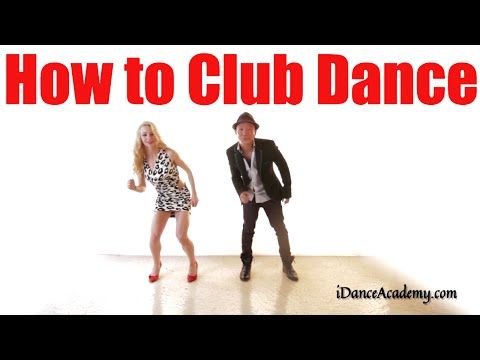
Dancers need plenty of fresh fruits and vegetables, lean proteins, healthy fats, and complex carbohydrates such as oatmeal and whole wheat grains.
Spending some time at the beginning of each week, or each day if it’s feasible for your schedule, preparing meals and snacks from fresh ingredients is the best way to ensure your dancer is getting the best mixture of macronutrients without added fillers or calories.
Remember Your Timing
When your dancer eats certain foods is almost as important as what foods they’re eating.
The night before a big competition or performance, for example, focus on a nice, balanced meal full of healthy fats, complex carbohydrates, and lean proteins. The theory of “carbo loading” before a big day isn’t necessarily effective, so hitting that big plate of pasta may not make your dancer feel any better come morning.
The day of a competition or performance, the focus should be on complex carbs with some proteins and healthy fats. Carbohydrates are going to fuel the muscles and the energy boost necessary to turn in a great performance, so supplying them with fresh fruits, oatmeal, or whole grain toast and peanut butter will help your dancer perform.
Carbohydrates are going to fuel the muscles and the energy boost necessary to turn in a great performance, so supplying them with fresh fruits, oatmeal, or whole grain toast and peanut butter will help your dancer perform.
Just be wary of sugary cereals or baked goods, which include more sugar than dancers need. Yes, they may provide a short-lived rise in energy levels, but once those sugars burn off, your dancer’s energy levels will crash.
Small Is Better Than Big
The standard American meal scheduling builds in three big meals – breakfast, lunch, and dinner – with little to no snacking between.
While this may work for someone who’s sedentary most of the day, eating large quantities just doesn’t work for athletes and dancers. If they have too much food too soon before a workout, it can lead to stomach aches and poor performance; on the reverse, eating too far from a rehearsal can lead to low energy levels.
Rather than having your dancer focus on eating three main meals per day, aim to have them eating small meals every three hours or so throughout the day.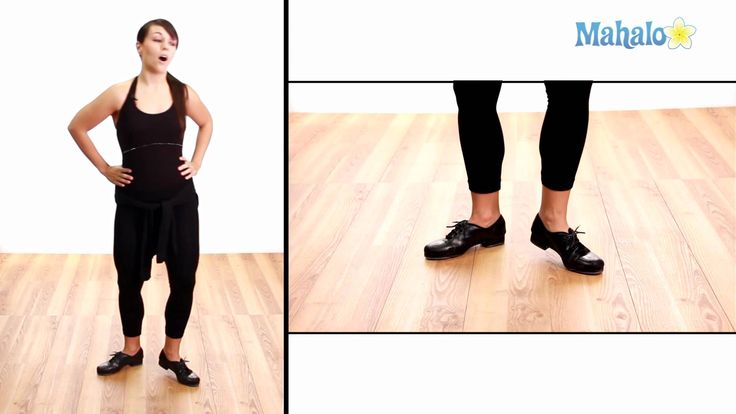
Keeping meals small helps manage energy and blood sugar levels, improve focus, and makes it easier to maintain a healthy balance of macronutrients at each meal.
Drink Up
Part of a healthy diet is watching what your dancer drinks throughout the day.
As always, water should make up the bulk of what your dancer drinks in a day. Being well-hydrated before dance class or a performance is key to getting things started on the right foot, and sipping water every so often maintains that hydration for optimal brain and muscle function.
Sports drinks should be consumed in moderation, usually if your dancer is practicing or performing for long periods of time, sweats a lot, or is in hot conditions. Any amounts of sports drinks should be followed by an equal or greater amount of water to avoid too much sugar intake.
Coffee, tea, and sodas should be limited, as they all dehydrate the muscles and can lead to performance issues. On top of that, these drinks often come with extra sugar and hidden calories, things your dancer doesn’t need. out.
out.
Power, facials, energy – everything .You probably can name a few dancers who “go awff.” You’re blown away by them every time they perform.
Well, we’re here to tell you that YOU can train to dance bigger, stronger, and more full-out, too! Follow these 9 tips to take your energy from 0 to 100!
Strengthen up!
You don’t necessarily have to get HUGE in order to dance huge.
Size is not a determining factor in how powerfully you can execute. (I mean, have you seen Sorah dance?!)
What is necessary is strength.
Work out to give yourself more power and control when you dance. #Gainz, breh.
You don’t dance big by being big. You dance big by being strong.
So lift some weights, do some push-ups, hold some planks, and build your strength!
Stretch it out
You can dance bigger by filling out each movement completely.
This means using your body’s full range of motion.
Make this easier by stretching regularly.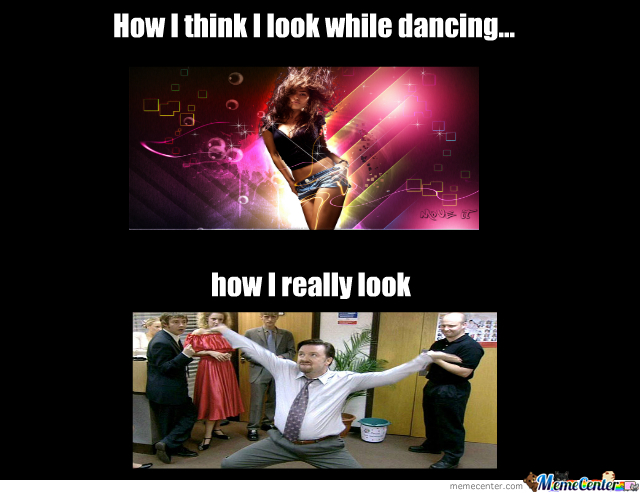
It’s best to warm up your body with some cardio before you dance, then do a longer stretching routine afterwards.
Being more flexible will set start and end points of your movements further apart, making your movements larger.
See Related Video: Stretching For Dancers | Dancers IRL | STEEZY Original
Practice like you’re performing
“Under pressure, you don’t rise to the occasion, you sink to the level of your training. That’s why we train so hard.”
– U.S. Navy
What the U.S. Navy is saying is – practice like you’re performing.
Once you get on stage (or even in groups) there is no magic dance God that takes over, making you kill the piece...
If you’ve been half-@$$ing it the whole time while learning.
So when you mark a piece, still maintain the execution that you want.
The only reason you’re not giving full power would be to pay more attention to something else, like watching the choreographer, listening to the music, or looking around to set formations.
But if you’re doing a run-through of the piece, take advantage of each chance you have to do it exactly how you want it to look.
Use your core!
It may surprise you, but movement starts from your core.
Even if it’s your arm or neck – it all comes from the tumtumz.
For example, when you're reaching with your arm, you can extend that reach by reaching from the shoulder.
And you can extend that reach by shifting your torso toward the direction of the reach.
So if you want to dance bigger and more powerfully without looking sloppy, tighten your core!
Not only will it make your movements bigger, but they will also be more strong because the base of your movement is so firmly rooted.
See Related Article: How To Execute Choreography Better By Using Your Body
Don’t flick da wrists
Even if you are dancing super big and strong, the effect can get lost by something really really small.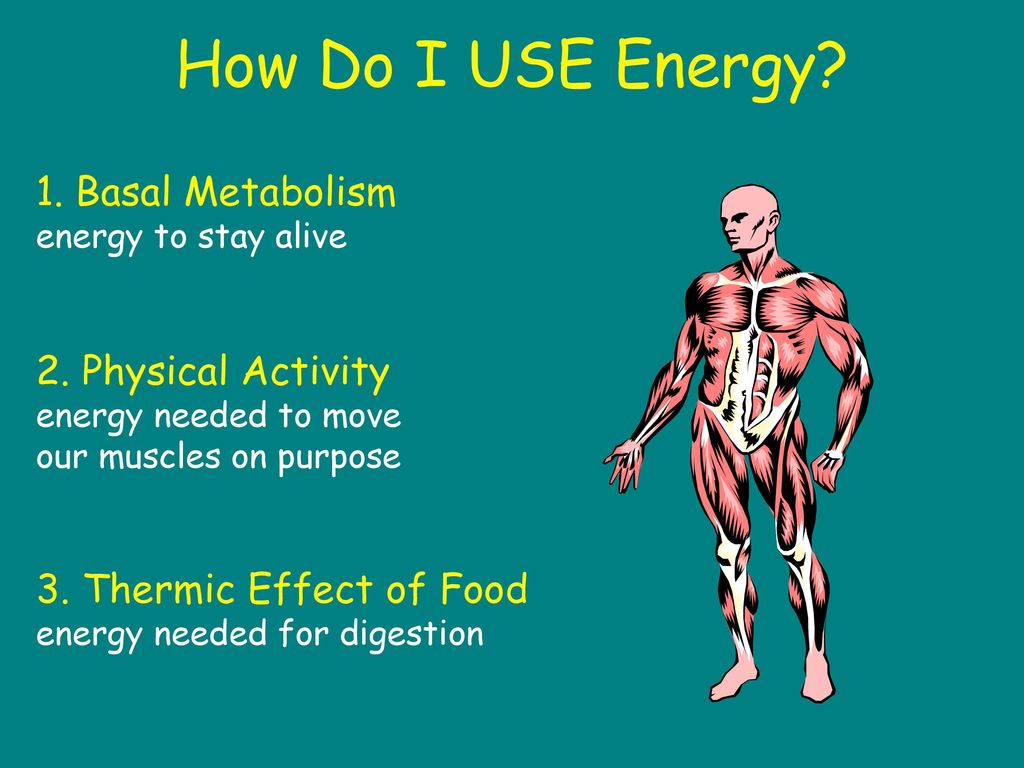 .. like limp wrists.
.. like limp wrists.
This is a habit that a lot of dancers have. Their arms make clean pictures… then it breaks right at the wrists! Ughh.
To combat this, channel your energy allll way through your fingertips!
This will ensure that your strength is being distributed in your whole arm without interruption.
And this will make your movements look bigger and more complete.
Focus on focus
Your head and eyes are a part of the picture you’re making with your body, too! Really important parts!
Not only can it look awkward if you’re constantly looking down or at the mirror, but it will also cut off your projection.
And dancing BIG is all about projecting UP AND OUT.
Lift your chin up – especially if you’re performing for a bigger audience.
And if the movements in a piece call for you to look a certain direction, commit to it!
This doesn’t mean “look with your eyeballs.” It means “look with your whole face.”
It will make the move looks more natural, and it will help guide whoever’s watching.
The audience looks at what you look at.
If you’re reaching to the right and looking right at your arm, their focus will follow yours instead of watching you from straight ahead and noticing a single arm sticking out.
Wear loose-fitting clothes
Although it has been consistently over 80 degrees in Los Angeles, you’ll never see me dancing in a tank top.
I prefer to dance in loose-fitting long sleeves.
It’s not because I enjoy sweating, but because it really does help create the illusion of bigger movement.
Our fashion trends have evolved over the years. We went from Wal-Mart sweats and giant cut-out tees to compression pants, leggings, and sports bras.
And there’s nothing wrong with that!
But it still feels so good to just put on a huge sweater or baggy sweats and go HAM with all that extra fabric to add extra effect. HIP HOP.
Remember your dead limbs
When you’re dancing, your entire body is dancing. What does that mean?
Even if you’re isolating one body part and the rest of your body is stationary, that doesn’t mean you just forget about it your “unmoving” parts of your body.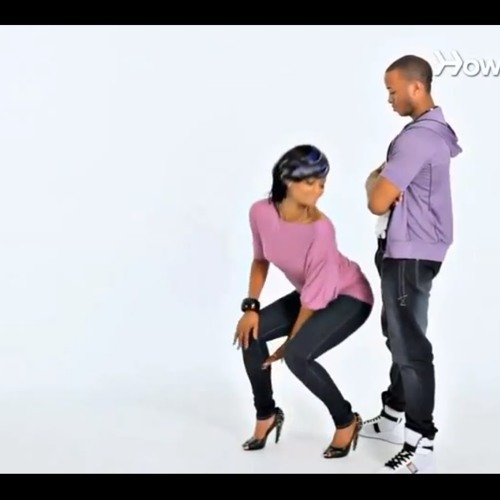
For example, for a “right arm iso” move, I find myself putting all my strength into my right arm, while my left arm just flippity flops all over the darn place.
Dead and floppy limbs can distract people from what you actually want them to see.
Instead of paying attention to select body parts, create a whole picture with your whole body – including the “dead” parts of it!
This will make your movements look bigger and be more impactful!
Commit to your moves
Committing to your movements makes a huge difference in your performance. It makes everything more purposeful, effective, and entertaining.
But commitment is hard without confidence. Killin’ a piece first requires for you to believe that you can!
See Related Article: How To Dance With More Confidence
Put on your game face, crack your knuckles, give yourself a pep talk, and KILL IT!
We hope this helped you get an edge on your full-out training grind! We can’t wait to see you go awff in the next class.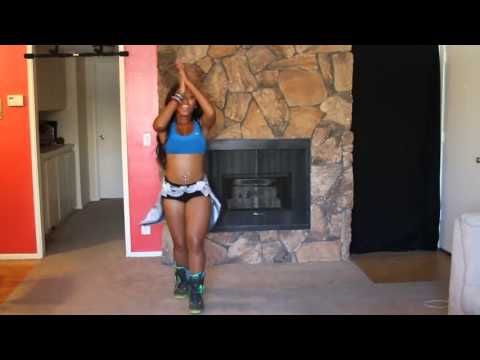
Magic (sacred) power of dance.
Magic (sacred) power of dance.Magic (sacred) power of dance*
Ted Andrews
Ted Andrews dances a dance that celebrates life.
Dance is one of the most effective forms of magical (sacred) ritual, awakening and activating subtle energies. Authentic sacred dance is a means of concentrating consciousness and controlling it with the help of physical exercises. The outer manifestation of the inner spirit.
Anyone can master the practice of magical (sacred) dance. To master it and achieve the desired results, there is no need in special training. The dances by which one can reach a higher level of consciousness are simple, individual and temperamental. they do not require much space, since when they are executed certain effects are achieved, which create the illusion of space, power, time.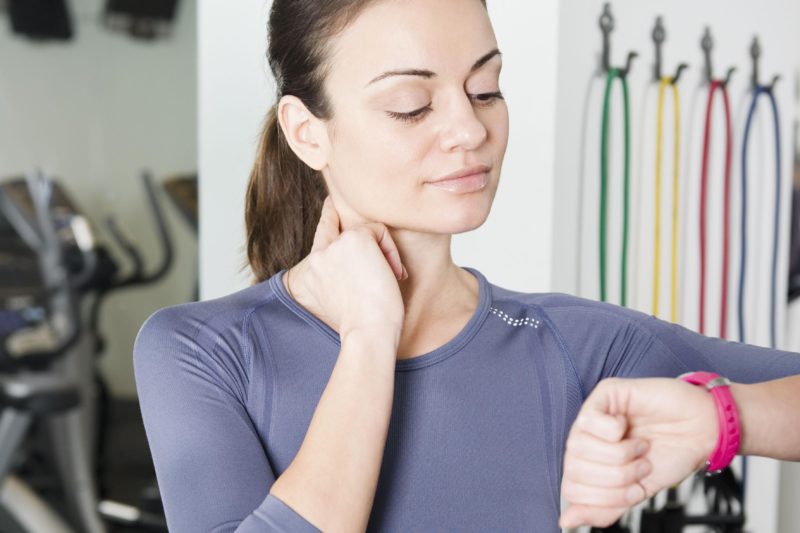 It's all about the ability to express yourself in motion. Not so much skill level as your very participation in the dance already awakens energy.
It's all about the ability to express yourself in motion. Not so much skill level as your very participation in the dance already awakens energy.
Dance and movement are inherent in the universe. Plants wiggle gracefully. They turn towards the sun, rhythmically sway in the wind, take the most bizarre poses. Birds have their own language of postures and movements. They spread their wings, expressing a threat or performing marriage dance. animal dance demonstrates their strength, aggression or love flirtations.
The human body is designed for movement, which is as natural and necessary for life as breathing. Like breathing movement gives us the energy that allows us to go beyond the usual perception. Movement balances, heals, awakens and fills with energy. It generates the psychic energy necessary for gaining strength, spiritual perfection, for life and even for death.
The purpose of any physical ritual actions is the direction and concentration of consciousness.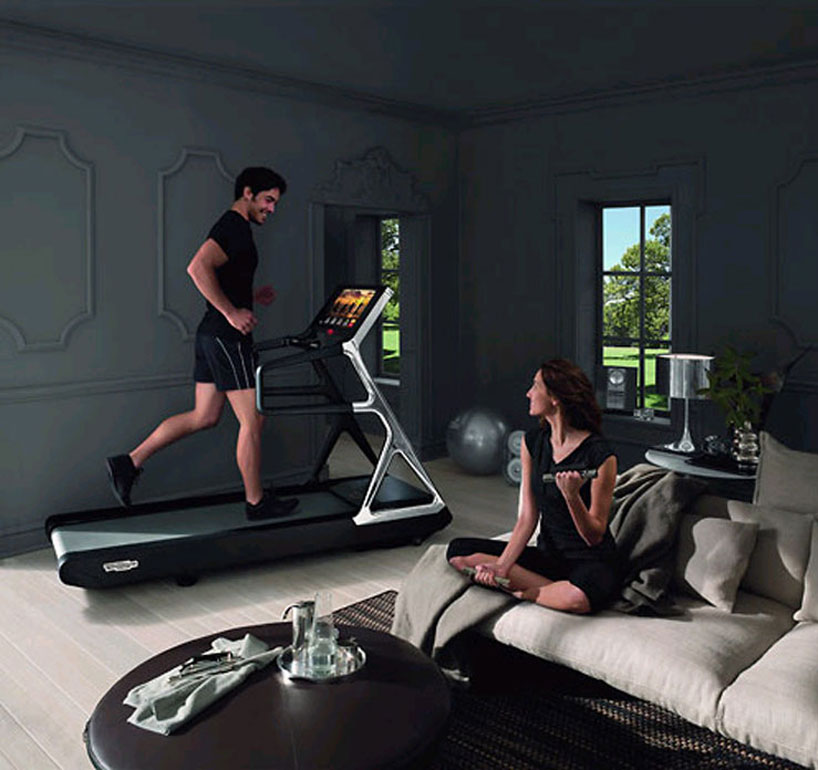 Humans have an amazing ability block the process of their spiritual growth. Controlled physical action, such as dancing, can help us overcome this trend. Dance connects our physical abilities and energy with spiritual aspirations and helps us stay in touch. with higher life forces. Dance promotes the interaction of the hemispheres of the brain, connecting the intuitive and rational. The central nervous and muscular systems transform musical rhythms into a form of movement, which allows us to expand the traditional perception of the world. There have been times in the past when people became obsessed with rhythm. But we should learn to control the rhythm in harmony with the inner world. Dance is body movements that are individual for each of us. They characterize us emphasizing individual traits. body movements, as it were, connect the external world of a person with the internal one and serve as a bridge between him and his divinity. In order for movements to be powerful, they must be controlled.
Humans have an amazing ability block the process of their spiritual growth. Controlled physical action, such as dancing, can help us overcome this trend. Dance connects our physical abilities and energy with spiritual aspirations and helps us stay in touch. with higher life forces. Dance promotes the interaction of the hemispheres of the brain, connecting the intuitive and rational. The central nervous and muscular systems transform musical rhythms into a form of movement, which allows us to expand the traditional perception of the world. There have been times in the past when people became obsessed with rhythm. But we should learn to control the rhythm in harmony with the inner world. Dance is body movements that are individual for each of us. They characterize us emphasizing individual traits. body movements, as it were, connect the external world of a person with the internal one and serve as a bridge between him and his divinity. In order for movements to be powerful, they must be controlled. Modern dance does not have great magical power, although the energy awakens during any dance. In many ancient societies, special importance was attached to observing the forces of dance. The dance was healing, educational, sacred. The ancients were well aware that the men and women participating in the dance are not just dancers, but priests.
Modern dance does not have great magical power, although the energy awakens during any dance. In many ancient societies, special importance was attached to observing the forces of dance. The dance was healing, educational, sacred. The ancients were well aware that the men and women participating in the dance are not just dancers, but priests.
Magic dance is also a way of self-improvement. Awakening the lower emotions and forces and releasing them through dance, you can use it to gain control over them. Magic dance is an art that stimulates our vitality, restores energy, awakens creativity and the ability to improvise. In fact, any human activity is a ritual dance, but we still need to figure it out. The one who does not believe, and those who do not participate in the ritual dance themselves will never understand its true power. For him there will be a dance just a dance, dervishes - just actors, a Catholic mass - a performance. However, it must be remembered that any religious rituals cannot be performed for their own sake. Perhaps this is the biggest problem. Sunday masses!
Perhaps this is the biggest problem. Sunday masses!
When taking part in a magical dance, we must remember that energy does not arise in the process of dancing, it simply awakens and activates it, and to know that the energy does not depend so much on our ability to dance, but on the result our direct involvement. Any person, if he is able to move even a little - let it be just a blink. eye or rhythmic breathing - can become a participant in a magical dance.
Magic dance yesterday and today
Turning to history, we find that the religious dance performance took place within the walls of churches and temples. Before the ritual dance was performed right on the ground, on which sacred circles were drawn, which symbolized angels, dancing in the heavenly spheres around the throne of God. This idea is the basis of many dances with circular movements, about which we'll tell you later.
Sacred and magic dance from time immemorial is an integral part of the culture of any civilization. Shamans and priests with the help of dance music entered into a state of trance. Ritual dance has always been a synthesis of spirit and movement. In many cases, for example, in the ancient rites of the flameni kachina, the participants embodied various forces of nature.
Shamans and priests with the help of dance music entered into a state of trance. Ritual dance has always been a synthesis of spirit and movement. In many cases, for example, in the ancient rites of the flameni kachina, the participants embodied various forces of nature.
Most esoteric teachings say that each of us is a microcosm - a miniature reflection of the macrocosm in Universe. Therefore, we possess all kinds of its energies. The sacred dance is a way of stimulating them and directing them not to the outer world, but into the inner world, to deeper levels of consciousness. The dancers of the Kachina tribe had several types of dances: dancing in a circle, imitating the movement of the sun, dancing in a chain, personifying the merging of male and female energies, for increase in fertility and the connection of heaven and earth, dances are threads that, like the threads of Ariadne, led the dancer to a secret knowledge of the labyrinth of life.
The power of dance was also used in martial arts, especially in the East.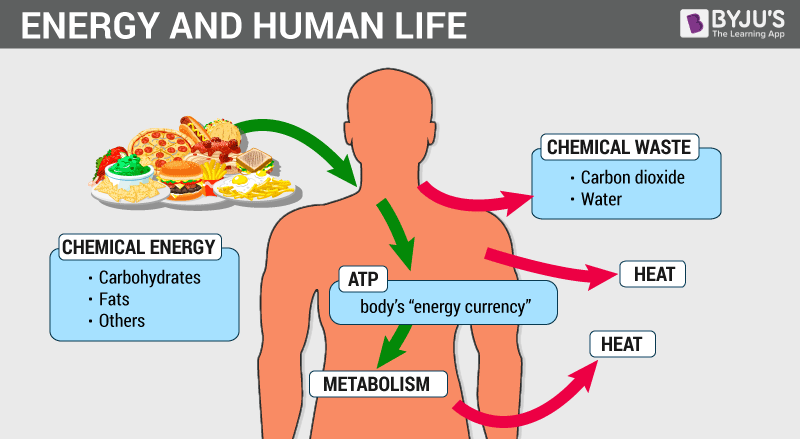 A series of sequential movements in martial arts called kata . While some consider kata a martial discipline, it can also be seen as a dance, pertaining to martial arts. The word "kata" is translated as "sequence of movements" or "book of movements". Human, who in ancient times practiced this art, wrote down the order of his movements. Outer form expressed inner urges and goals.
A series of sequential movements in martial arts called kata . While some consider kata a martial discipline, it can also be seen as a dance, pertaining to martial arts. The word "kata" is translated as "sequence of movements" or "book of movements". Human, who in ancient times practiced this art, wrote down the order of his movements. Outer form expressed inner urges and goals.
The postures and movements of Kung Fu are based on the imitation of the movements of birds and animals, and sometimes insects - for example, praying mantis, hawk, eagle, tiger, which contributed to the study of nature and helped the learner of Kung Fu to achieve harmony with it. If speak about ninja traditions, postures and hand gestures were of primary importance for them. Ninjas could control the energy of nature with the help of hands For them, each hand and each finger on the hand symbolized an external force and is a characteristic sign. corresponding parts of the body. In India, it was believed that the girls performing the sacred dance were the wives of the gods, about whose life narrated their dances. An important role was played by dance in ancient Egypt, which is attested in the extant hieroglyphic pictures. The influence of Ancient Egypt extended throughout the ancient world. Since the school of the sacred dance in Spain - another center of ancient ritual - became the successor to the Egyptian style. Greek and Roman mystical schools attached great importance to ritual dance. Music and dance were the main components of the art of healing and magic. in the Orphic, Eleusinian and Bacchic mysteries. For example, the serpentine turn of the Greek farandole of the Provençal dance serves as a symbol of the journey to the middle of the labyrinth - a kind of model for the transition of the deceased to the afterlife. Similar travel has been a common theme in many mystical teachings around the world.
An important role was played by dance in ancient Egypt, which is attested in the extant hieroglyphic pictures. The influence of Ancient Egypt extended throughout the ancient world. Since the school of the sacred dance in Spain - another center of ancient ritual - became the successor to the Egyptian style. Greek and Roman mystical schools attached great importance to ritual dance. Music and dance were the main components of the art of healing and magic. in the Orphic, Eleusinian and Bacchic mysteries. For example, the serpentine turn of the Greek farandole of the Provençal dance serves as a symbol of the journey to the middle of the labyrinth - a kind of model for the transition of the deceased to the afterlife. Similar travel has been a common theme in many mystical teachings around the world.
Sacred dance refers to quite complex themes and forms. It is simple to perform. At the same time, the degree of energy awakening depends on the degree of participation and the importance that we put in the movement.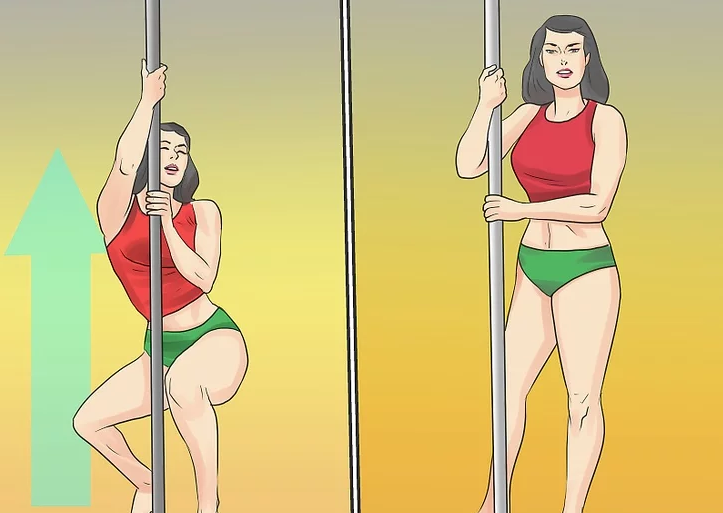 It must be remembered that every gesture and movement carry a symbolic meaning. The more meaning we put into movement, the more energy is released. Sacred dance helps us push the boundaries of our consciousness. The transcendental has been ignored for centuries property of the dance, yet each of us can restore it. Magic dance is not just a symbolic expression someone's personal beliefs. Movements and gestures create thought forms, whirlwinds of energy, the fusion of thought and action give rise to its special energy) a form that exists in physical reality.
It must be remembered that every gesture and movement carry a symbolic meaning. The more meaning we put into movement, the more energy is released. Sacred dance helps us push the boundaries of our consciousness. The transcendental has been ignored for centuries property of the dance, yet each of us can restore it. Magic dance is not just a symbolic expression someone's personal beliefs. Movements and gestures create thought forms, whirlwinds of energy, the fusion of thought and action give rise to its special energy) a form that exists in physical reality.
By reading this book, you will learn to manage your development with the help of the art of dance, to awaken your creative forces. I want to recall that the exercises and movements described in this book are only the basis, the starting point. Don't let the monotony to master your movements, strive for an individual, creative approach and do not be afraid of variations. If you will do, you will find yourself dancing around the Tree of Life, which is the conduit between heaven and earth.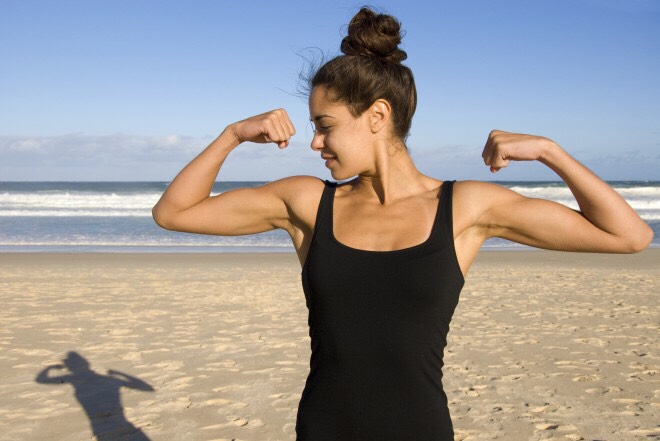
Magic postures and positions
Some physical movements and postures stimulate certain levels of consciousness, activate divine energy, more fully involving it in interaction with the physical world. We can learn to use these movements and postures to connect to this energy. Physical exercise allows a person to disconnect from the outside world and immerse himself in the inner world. Gestures, postures and movements convey the inexpressible. They involve both hemispheres of the brain, they are a direct and powerful means of communication with cosmic forces that operate around and within us.
The East has been aware of the spiritual value of movements for thousands of years. The movements and postures of oriental yoga are the outward expression internal states of consciousness. In learning the magical dance, we use the external form of movement to express the internal reality. These physical movements awaken and help to realize our inner energy. Poses are a means of physical connection with the divine within us. Movement helps to realize that the body is the receptacle of the divine spirit...
Poses are a means of physical connection with the divine within us. Movement helps to realize that the body is the receptacle of the divine spirit...
*Chapters from The Magic of Dance (Your Body as an Instrument of Power) by Ted Andrews, 1996.
Sufi dance
Through dance, through circling around its own axis, in figures of eight or around the sun, a person is reunited with movements of the universe, planets and atoms, galaxies and electrons. When it swirls it creates a quiet point inside the heart and turns the universe into being; as it unwinds, it draws its spirit back to its divine source.
Embodying the celestial movements of the planets around their own axis and around the sun, the dervish, thanks to his whirling, realizes the spiral movement of the universe within the being. The contraction of spirit into matter takes place around the calm axis of its own hearts. His right (active) hand receives the manifestation of the One, and his left hand is turned to the earth, his spirit, like the alternating breath of the cosmos, circling, free from illusory existence, expanding and spiraling towards its divine source.
His right (active) hand receives the manifestation of the One, and his left hand is turned to the earth, his spirit, like the alternating breath of the cosmos, circling, free from illusory existence, expanding and spiraling towards its divine source.
Thanks to the dance that reproduces the macrocosmic creative dance of Shiva, the vortex movement of the planets or the dance of atoms, a person is actively included in the creative vibrations and orderly movements of the Cosmos. His body becomes the universe, his movements - her movements, and when they are harmonious, then he is not only in harmony with himself, but with the whole universe, which he becomes. By means of a whirling movement, the higher intellect is drawn through all spheres of existence down to the gross matter. The spirit ascends by turning to the opposite direction of the spiral, through which the world manifests, and by expansion, since matter is compressed, as in the inhalation and exhalation of a cosmic whirlwind. Dervish dance or "whirling" shows the successive manifestation in matter, the grinding of the illusory world and the subsequent ascent of the spirit.
The first phase is contraction: the dervish begins his dance with his arms crossed over his chest, suggesting the idea of union in the heart of the descending and ascending vortices. His left foot stands firmly on the ground, representing a fixed axis. with his right foot, he begins to move around his own axis, at the same time rotating with his comrades around the central sun - the leading dervish. He gradually unbends his crossed arms and tilts his head to his right shoulder, he raises right hand, symbolizing consciousness, to receive the Divine emanation, and lowers the left to return his gift to the earth. It spins faster and faster, as if, thanks to its own rotations, it would bind the Sky and Earth by actually passing (turning) the spirit through itself down into the earth, while its axis and heart remain perfectly still, and his own spirit soars to the divine source.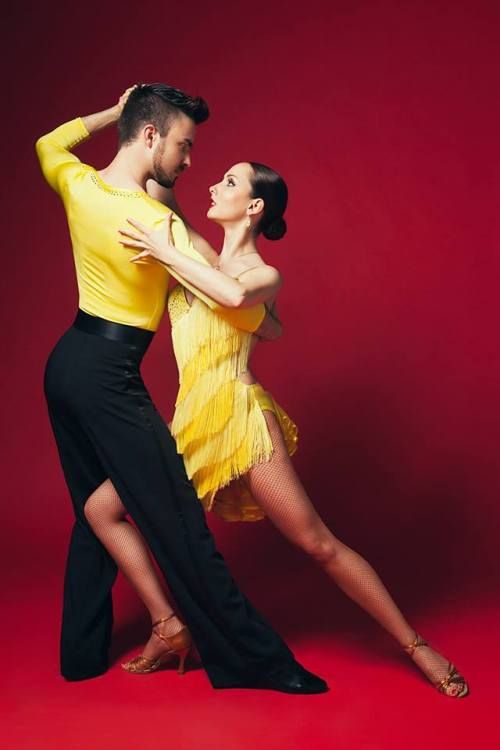 The higher his ecstasy, his expansion and growth, the wider his skirt develops. When both of his hands are raised to the sky, it is as if would the union in his heart, indicated in a state of contraction (spirit into matter) with crossed arms, reach the highest expansion (matter into spirit) thanks to the opposite rotations of the arms and skirts - the outward expression of the bliss of the Divine Union with complete silence of his heart.
The higher his ecstasy, his expansion and growth, the wider his skirt develops. When both of his hands are raised to the sky, it is as if would the union in his heart, indicated in a state of contraction (spirit into matter) with crossed arms, reach the highest expansion (matter into spirit) thanks to the opposite rotations of the arms and skirts - the outward expression of the bliss of the Divine Union with complete silence of his heart.
From Jill Perse's book "The Mystic Spiral"
Antique dance profile of Aceidora DuncanDances of the World
Technologies used uCoz
The benefits of dancing. How does dancing affect women's health and sexuality?
Knowing yourself through dance
Dance is a state of mind, a way of self-expression and a manifestation of mood. And if in sports the mood can interfere with the achievement of the set goal, then in the dance any mood is embodied in movement.
Unlike sports, where the arms, legs and shoulder girdle are mainly involved, the muscles of the abdomen, hips, feet, hands, neck and face are also involved in the dance, which gives a greater scope for self-expression and harmonious strengthening of the whole body.
Here, unless we are talking about professional dances, there is no focus on results and there is no restriction in movements. You can let go of yourself and be in touch with your body, mood and state of mind. It can be said that dance captures and combines movements, emotions and state of mind.
It is through dance that a woman gets to know herself and the world. The plasticity of movements allows you to reveal the true female nature and abilities of your emotional and spiritual world, which is impossible to do in sports or in everyday life.
Dance allows you to improve the qualities of character by training various muscle groups. The movement of the legs enhances the feeling of support (I am confident on my feet, I can push off from a reliable support and achieve my goal), which contributes to the development of purposefulness and self-confidence.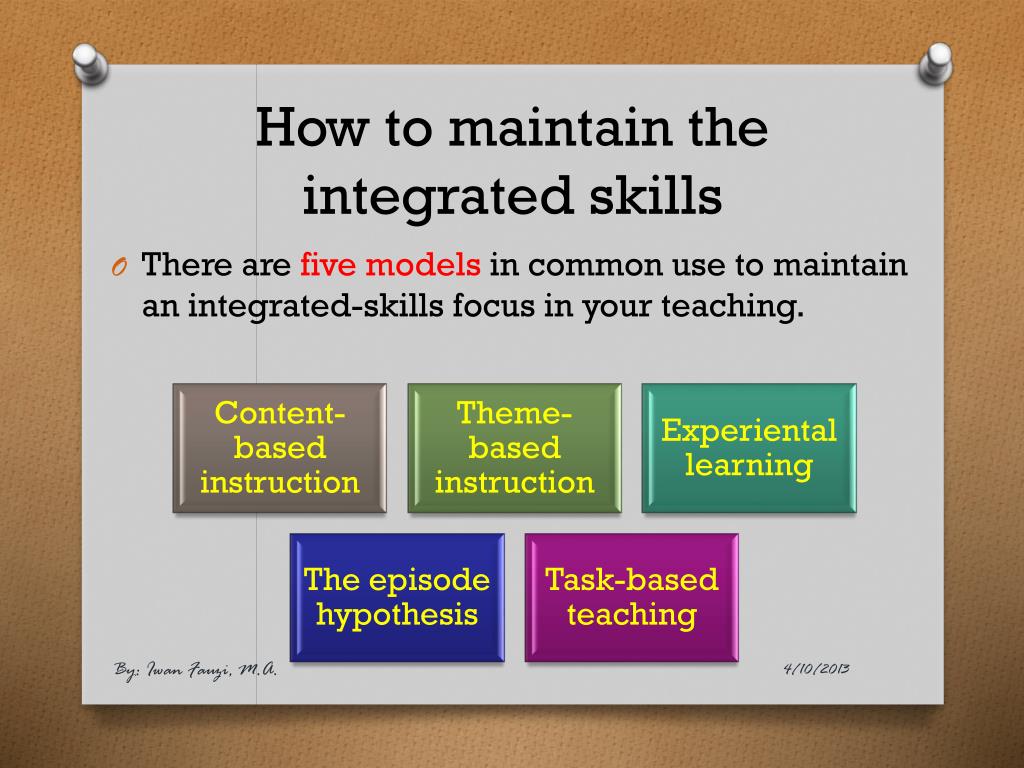
Through the movements of the pelvic region, the most common in oriental, Arabic, African American dances, we release the tension that has accumulated in the muscles that support the female organs. As a result, the relieved tension turns into sexual energy. Along with sexuality, mood improves, activity and vigor increase.
Movements of the arms, shoulders, fingers, characteristic of Arabic, Indian and Spanish dances, improve our interpersonal skills.
By developing arms and shoulders in the dance, we feel our body in space better, which means we can better find our place in a group of other people. In addition, the hands are responsible for attracting the right people to us and repelling those with whom we are not comfortable.
Through the muscles of the face , which are not involved in sports, a woman in dance can show spiritual emotionality. This is very important, because by nature women are more expansive creatures, and, unlike men, they need to express their emotions more often, and here dance has an advantage over sports.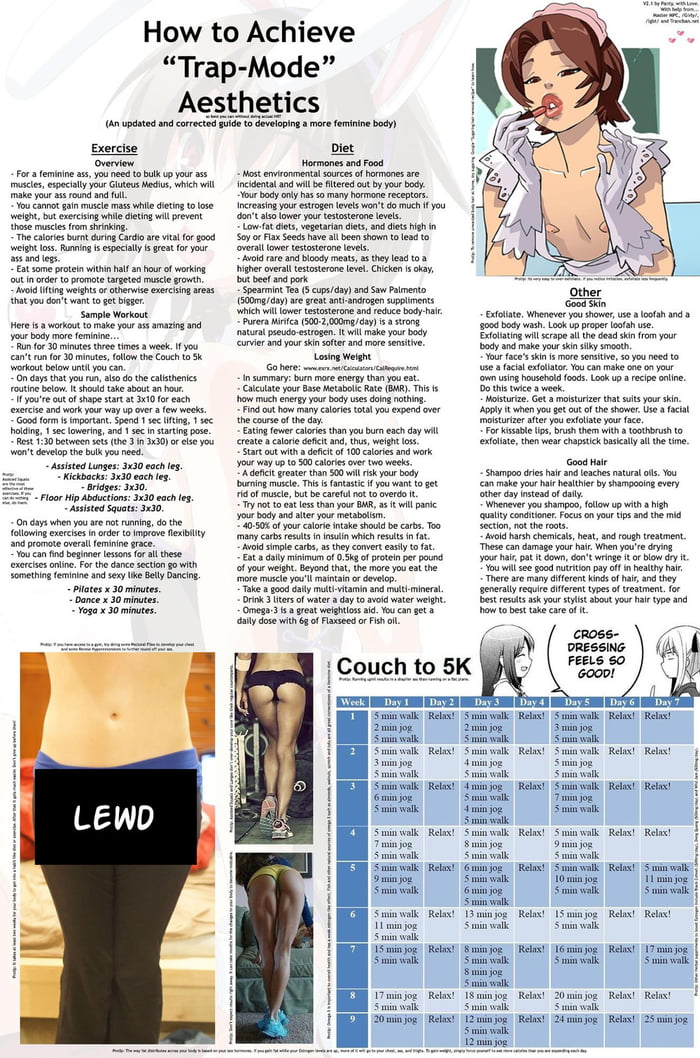
The world is accelerating, the essence of a woman is changing along with it, and incendiary Latin American, African and Arabic belly dances, in which all muscle groups are involved, are perfect to throw out the resulting muscle tension. But, unlike sports, which also relieve muscle tension, the process of relaxation in dance occurs through the smooth movements inherent in female nature, and not through the sharp masculine ones that prevail in fitness. Energetic dancing is the best match for today's rhythm of life of a modern woman.
While exercising, you can quickly lose weight, but dancing can also achieve such an effect in a short time if you give all your best and breathe properly. Breathing has a very strong influence on fat burning, in fact, it depends on it how the female figure will be formed. And here, Latin American, African American and Arabic dances have advantages over waltz and folk dances, which quickly reduce weight, especially if proper breathing is used during classes.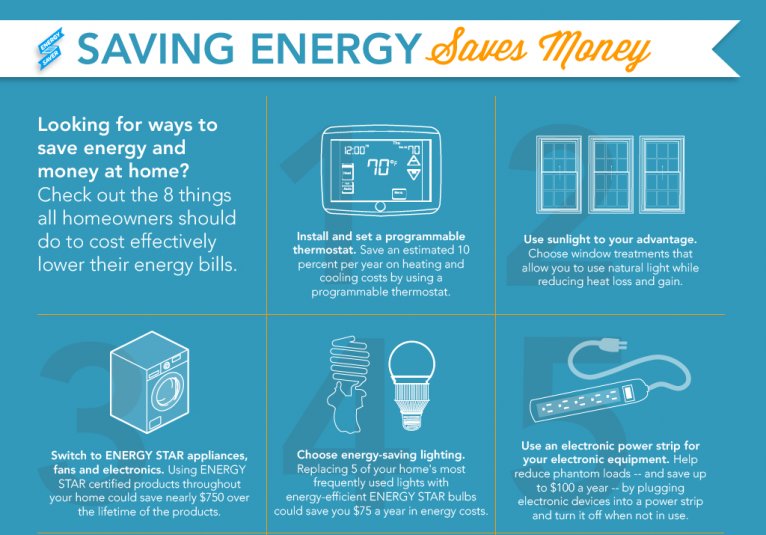
In most sports, you can get injured even if you follow your coach's instructions exactly. In dancing, the risk of harming your health is reduced to zero, of course, if you do not take into account street dances with hard-to-perform acrobatic stunts. But even in ordinary dances, one must be able to properly dose the load so as not to stretch the muscles and damage the ligaments.
Which dances to choose
If you are over 40 and have problems with your spine, then you should give preference to calmer dances, such as waltz, tango, slow foxtrot. Because oriental or Latin American dances with a heavy load can aggravate the disease.
In general, if a woman has never been involved in sports, it is best to start increasing physical activity with dancing. They allow you to solve health problems and have a preventive effect. For example, Arabic belly dancing is a good prevention of premenstrual syndrome (PMS). They also increase blood circulation in the pelvic area, which prevents the occurrence of female inflammatory processes and formations associated with fibroids and endometriosis.
Any dance improves mood, which means that hormones of joy appear, which has a positive effect on the immune system. People who go in for dancing, during periods of epidemics of colds, get sick less often and recover faster.
The influence of dancing on interpersonal relationships with others can hardly be overestimated. After all, dancing improves mood, which always has a positive effect on relationships with others. While dancing, we listen to ourselves, our body and can better feel our partner. While enjoying the dance, we learn to feel pleasure in sex and deliver pleasant sensations to a loved one.
Dancing with a partner, such as bachata and salsa, has the most beneficial effect on relationships.
Dancing in pairs, a woman learns to listen to her partner, to follow him, to catch special signs from him, which improves her interpersonal relationships in life.
In pair and group dances, the energy that builds up during movements is enhanced by a partner or group and helps a woman achieve her goals faster.